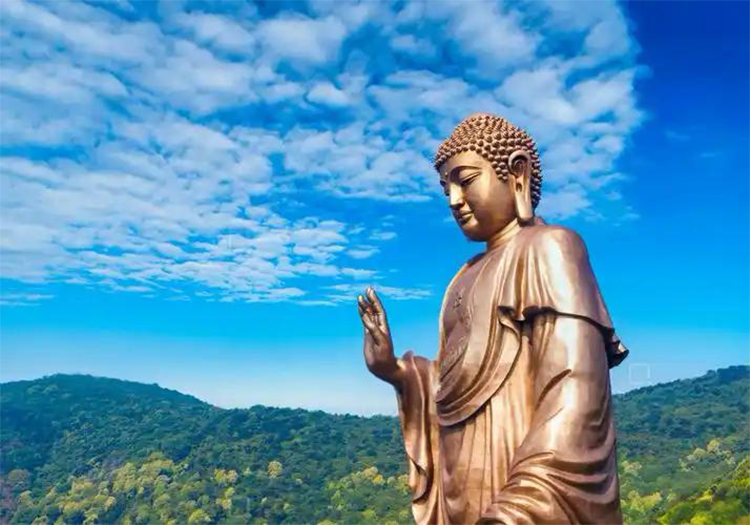Explore Lingshan’s Crystal Waterfall: Granite Peaks and Taoist Secrets
Introduction
When the first morning light slices through the sea of clouds and 72 granite peaks awaken like a coiled dragon, you are at Lingshan in Jiangxi Province — a Taoist sanctuary long revered as one of China’s sacred sites. Millions of years of geological movement carved a rare ring-shaped peak forest; Tang poets once praised its cliffs while waterfalls thunder through its gorges. Lingshan awaits travelers seeking powerful natural scenery and deep cultural immersion.
1. World-class geological wonder: An epic carved in granite
Lingshan’s character lies in its unconventional granite landforms. Unlike common needle-like pinnacles or solitary tors, 72 peaks—many rising to around a thousand meters—connect head to tail to form a 16-kilometer ring, resembling a coiled dragon and earning the local nickname “Dragon’s Spine.” Geologists call it a textbook example of a rare ring-shaped granite peak forest; visitors often describe it as a three-dimensional landscape painting crafted by nature.
The most breathtaking feature is the 120-meter Crystal Waterfall. In summer’s high flow it plunges off a granite cliff in a roaring sheet, refracting sunlight into prismatic halos; in winter it freezes into a vast ice sculpture. A cliffside walkway lets you feel the torrent’s spray up close—this is often called the Jiangnan region’s premier granite waterfall.
2. Millennia of Taoist tradition: Cultural layers hidden among the peaks
Lingshan has been recognized since the Tang dynasty as one of the thirty-six blessed Taoist sites. Inside the Shiren Hall (Stone-figure Hall) you can still see Song-dynasty Taoist stone carvings; the steps to Zhide Palace bear an authentic inscription by Zhu Xi reading “Lingshan visit.” Legend says reformer Wang Anshi found the line “do not fear drifting clouds that block the view” here, while the Mixian Altar’s bagua (eight-trigram) layout aligns with celestial patterns, reflecting ancient cosmological thinking.
Each year on the third day of the third lunar month the Lingshan temple fair bursts to life: Taoist priests perform blessing rites on granite platforms, villagers sing archaic nuo (exorcism) operas to drive off evil and invite luck. This enduring mountain worship makes Lingshan a living cultural museum rather than a static relic.

3. Lingshan through the seasons: A postcard that never repeats
– Spring (March–May): Rhododendron seas dye the peaks red; frequent mists create the ethereal “floating peak” phenomenon—peak season for photography.
– Summer (June–August): Waterfalls at full strength; average canyon temperatures around 22°C (72°F), a natural summer refuge.
– Autumn (September–November): Maple leaves collide in reds and golds against gray granite—Chongyang Festival (Double Ninth) is ideal for climbing.
– Winter (December–February): Snow turns the peak forest into an ink-and-wash panorama; frost-laden trees alongside temples create the rare “rime reflecting temples” spectacle.
4. Deep-experience guide: Beyond sightseeing
Hikers can choose three classic routes:
1) Crystal Waterfall Loop (about 3 hours, moderate difficulty)
2) Dragon’s Spine Ancient Trail Traverse (about 6 hours; recommended for those with advanced gear and experience)
3) Zhide Palace Pilgrimage Route (includes a Taoist vegetarian lunch experience)
Families can take the cable car up to the Mixian Altar for an easy visit, then try Song-dynasty tea preparation at a hillside teahouse. Schools and study groups can book guided geology tours led by experts to unpack the formation of the ring-shaped peak forest.

5. Practical information: Plan your Lingshan visit
– Transport: From Shangrao high-speed rail station, a tourist shuttle takes about 1.5 hours to the park; self-driving visitors can navigate to “Lingshan Scenic Area East Entrance” (parking is free).
– Tickets: Peak season (April–October) CNY 160 (includes sightseeing shuttle), off-season CNY 120; entry to Taoist temples requires an additional CNY 30 combined ticket.
– Opening hours: 08:00–17:30 (last entry at 16:00). Weekdays are less crowded—avoid major weekends if possible.
– Food & lodging: A cliffside café serves panoramic views; guesthouses at the foot of the mountain offer Taoist wellness cuisine. Try the local “Lingshan Three Treasures”: stone ear fungus, polygonatum (huangjing), and cloud-mist tea.

Conclusion
When urban noise dulls life’s edges, Lingshan’s silent granite and millennia of Taoist wisdom restore a sense of awe and clarity. Whether you come for geology, cultural depth, or a soulful nature retreat, this Jiangxi secret promises an unexpectedly moving chapter of your China journey. Pack your bags, let the waterfall wash away your dust, and feel the Dragon’s Spine breeze that whispers the old idea of harmony between heaven and humankind.


